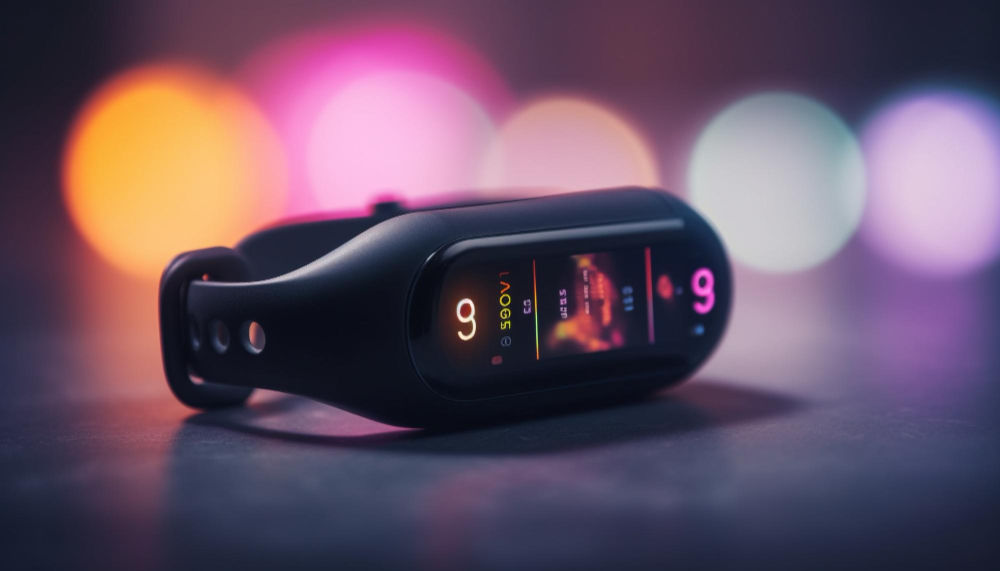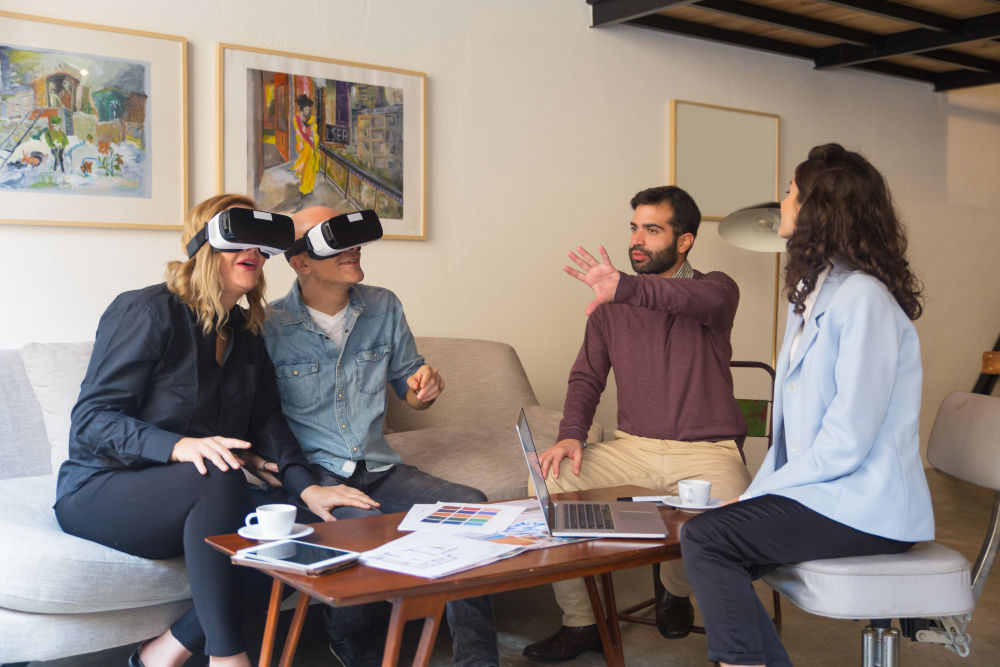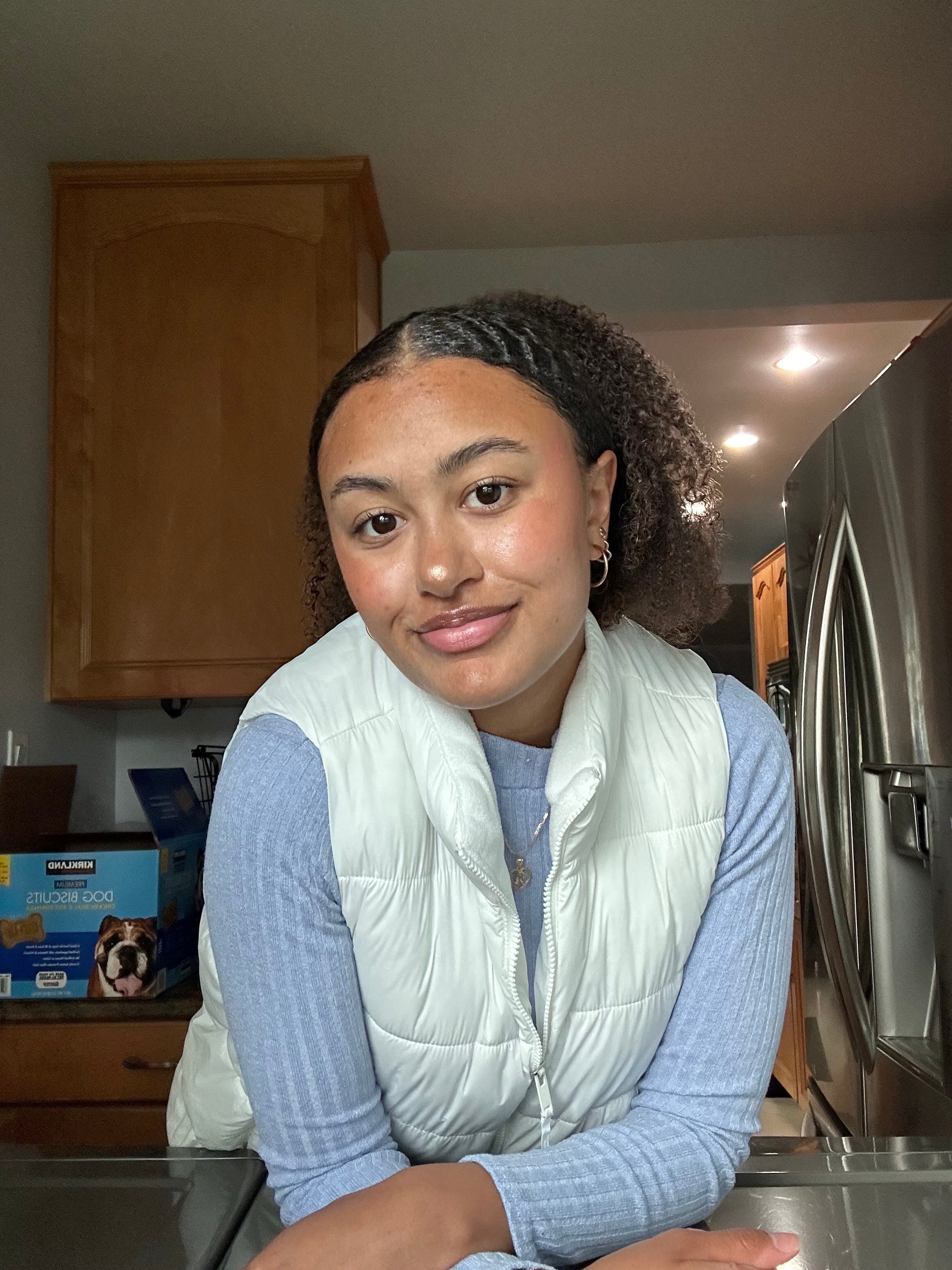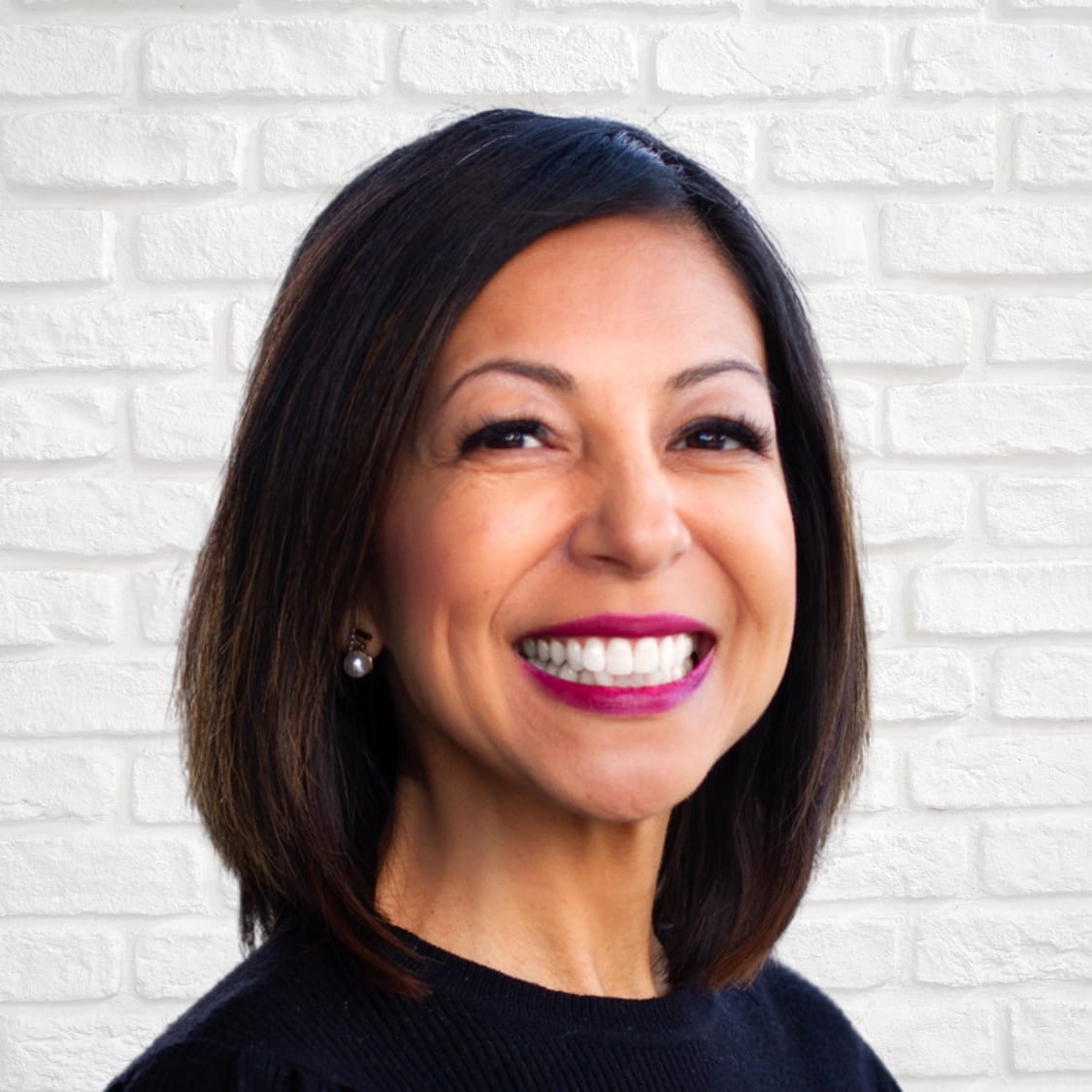Traditional speech therapy is usually provided one-on-one with a speech-language pathologist (SLP). AI-based speech therapy applications and games, on the other hand, are becoming increasingly popular as a means to augment traditional therapy or give therapy to those who do not have access to an SLP.
AI-based speech therapy apps and games can revo...
Do you need specific certifications to become a...
Hello everyone! I like many of my peers are very interested in AAC. I was wondering if you had any advice on how to become an AAC "specialist." Are there certifications or credentials we need? I would love to share your suggestions and knowledge with my audience as well!
Thank you!
Join the Exceptional Alliances FREE Epic Virtua...
Let's show them why we need SLPs in these conversations!

Join the Exceptional Alliances FREE Epic Virtua...
📢 A Call to Speech-Language Pathologists
As champions of communication, SLPs are uniquely positioned to spearhead accessibility initiatives in diverse spaces. From implementing AAC systems and advocating for closed captioning to enhancing literacy support and ensuring accessible telecommunication, your role is fundamental.
However, the journey towards comprehensive accessibility doesn't stop at our profession. 🌎 It's essential that we continually learn from our counterparts in other fields, understand their best practices, and share insights.
We invite SLPs to join the conversations at the Exceptional Alliances FREE Epic Virtual Accessibility Event.
This isn't just another webinar; it's a collaborative space for all professionals to:
✨ Share both professional and personal experiences related to accessibility
✨ Learn from the expertise of other professions
✨ Discuss innovative solutions and strategies
The cross-pollination of ideas and experiences will not only enrich our practice but will further solidify our collective commitment to making the world more accessible for everyone.
When we bridge accessibility gaps, we're not just enhancing communication; we're fostering inclusivity, understanding, and empowerment.
Register free now and let's champion accessibility together!
https://bit.ly/MLC_EA
See all event info:
https://lnkd.in/gKK29MHn
Voices Unveiled: Navigating Speech Pathology in...
I had the privilege of meeting with Vilahashini Manivannan, MASLP, DHA, RCI today on the Pediatric Speech Sister Network! We spoke about how AAC works across borders and how to be culturally responsive when working with children with diverse South Asian dialects.
You can tune into the replay here: https://www.youtube.com/watch?v=FoB7k53xLkM

If you're all about tech and speech therapy, I had a great interview with Barbara Fernandez (aka Geek Barbara) about entrepreneurship. She has her own business called Smarty Symbols that's helped SLPs across the globe! Check out the episode on youtube.com/@pediatricspeechsisternetwork
AI for Speech Therapy Assessment – Opportunitie...
Artificial intelligence (AI) is paving a revolutionary route in the field of speech therapy evaluation in the ever-advancing arena of healthcare technology. This blog digs into the technical complexities, potential, and problems of using artificial intelligence for precise and data-driven speech therapy assessments.
https://content.liricare.com/ai-for-speech-therapy-assessment-opportunities-and-challenges/

"Revolutionize your speech therapy approach with insights from Deb Roy's 'Human Speechome Project'!"
This landmark study on language acquisition offers invaluable insights for speech pathologists. One of the key findings is the significance of consistent, repetitive word exposure in familiar settings for effective language learning. By sharing these insights with parents, therapists can encourage them to incorporate these strategies at home, maximizing the impact of therapy.
Roy's research also highlights the "vocabulary explosion," a phenomenon where children experience rapid language growth once foundational skills are established. By understanding this concept, speech pathologists can better tailor their approach to each child's developmental stage.
Incorporating these evidence-based insights into your practice can lead to more effective, targeted care, fostering successful language development in young patients.
Research offers breakthrough in bridging the co...
A team of King's Informatics researchers have developed a series of prototype tools that empower communities with communication impairments to speak up. Co-designed with focus groups of complex communication needs (CCNs) sufferers, the team created wearable augmentative and alternative communication (AAC) prototypes in a first of its kind study, which have the potential to be used alongside traditional therapies.
https://medicalxpress.com/news/2023-08-breakthrough-bridging-communication-gap-people.html

Environmental Influence on AAC Device Use and Research Insights
AAC devices aren't just about tech; the environment and personal interactions matter a lot, too.
Vocabulary Limits: Many AAC devices focus on nouns, missing out on other essential words. This restricts conversations to basic functions such as requests and leaves out vital functions such as refusing or asking questions. Also, in standard English, creating a grammatically correct and clear sentence using only nouns in the positions of subject, verb, and object is challenging, if not impossible, without resorting to creative or non-standard interpretations. Crafting full sentences with a heavy noun emphasis, therefore, becomes tricky -- if not impossible.
Latency Time: Sometimes, users need a bit more time to find the right words on their device. However, this can sometimes disrupt the flow of a conversation, leading to potential awkward pauses -- which can sometimes cause a partner to interpret, non verbally, what a user might be trying to say.
Helpful, but...: Occasionally, people might step in to assist AAC users finish their thoughts. While the intent is kind, it can unintentionally overshadow what the AAC user is trying to express.
Ways to Improve:
Tweak the Device: Make it user-friendly. With faster word-finding, conversations become more fluid.
Broaden Word Choices: AAC devices should include a variety of core and fringe vocabulary — not just nouns but also verbs, adjectives, and more. Remember: you can rarely create sentences with only nouns, which are often fringe vocabulary words (e.g. YouTube). A diverse word selection paves the way for richer conversations.
Training for Friends & Family: Educating familiar conversation partners to be patient and allow the AAC user to lead can foster a more inclusive communication environment. When a new AAC user starts school, both their family and the school staff should receive training on how to use, model, and respond to the device in relevant situations.
Research Validates This...
There's strong research supporting these points. Works by Beukelman and Mirenda shed light on AAC's nuances, emphasizing the importance of a vast vocabulary and nurturing conversations. Many clinicians concur: understanding and addressing these aspects are pivotal for AAC users to engage in successful conversations.




